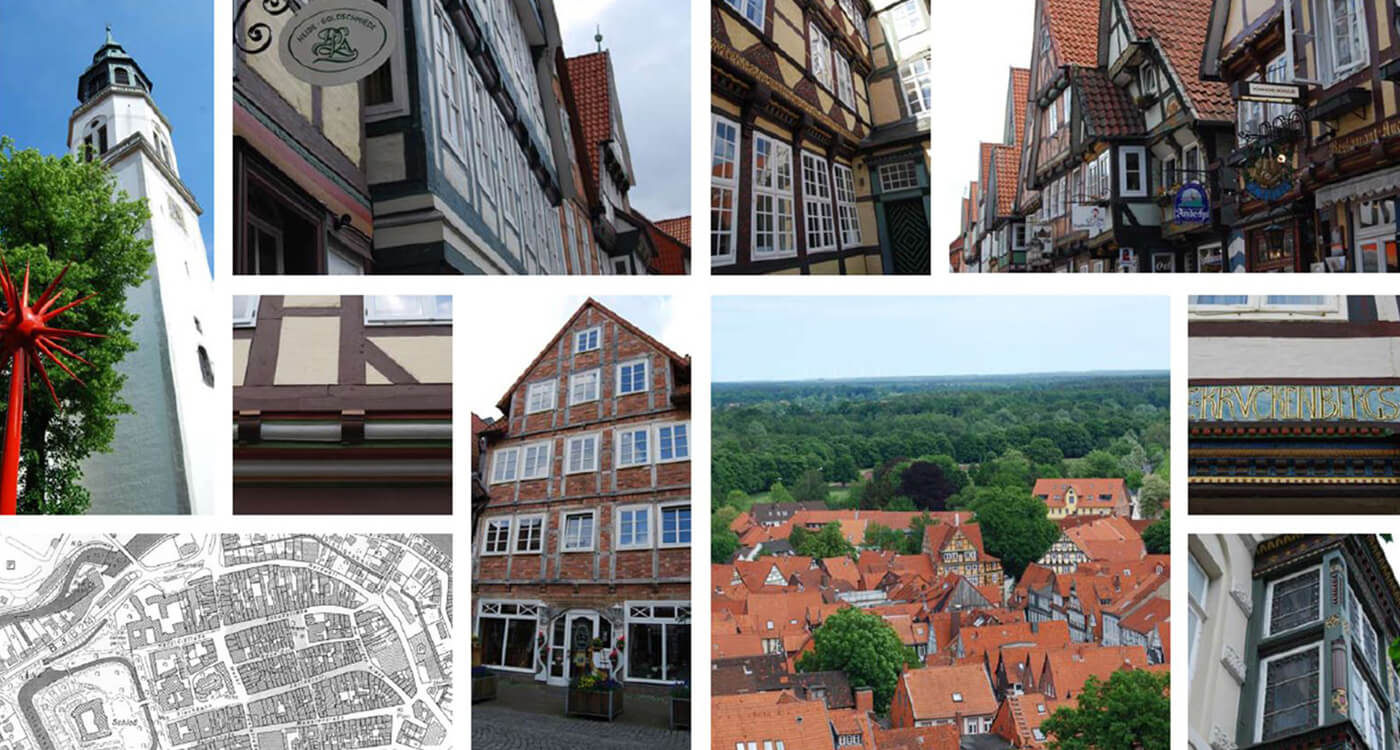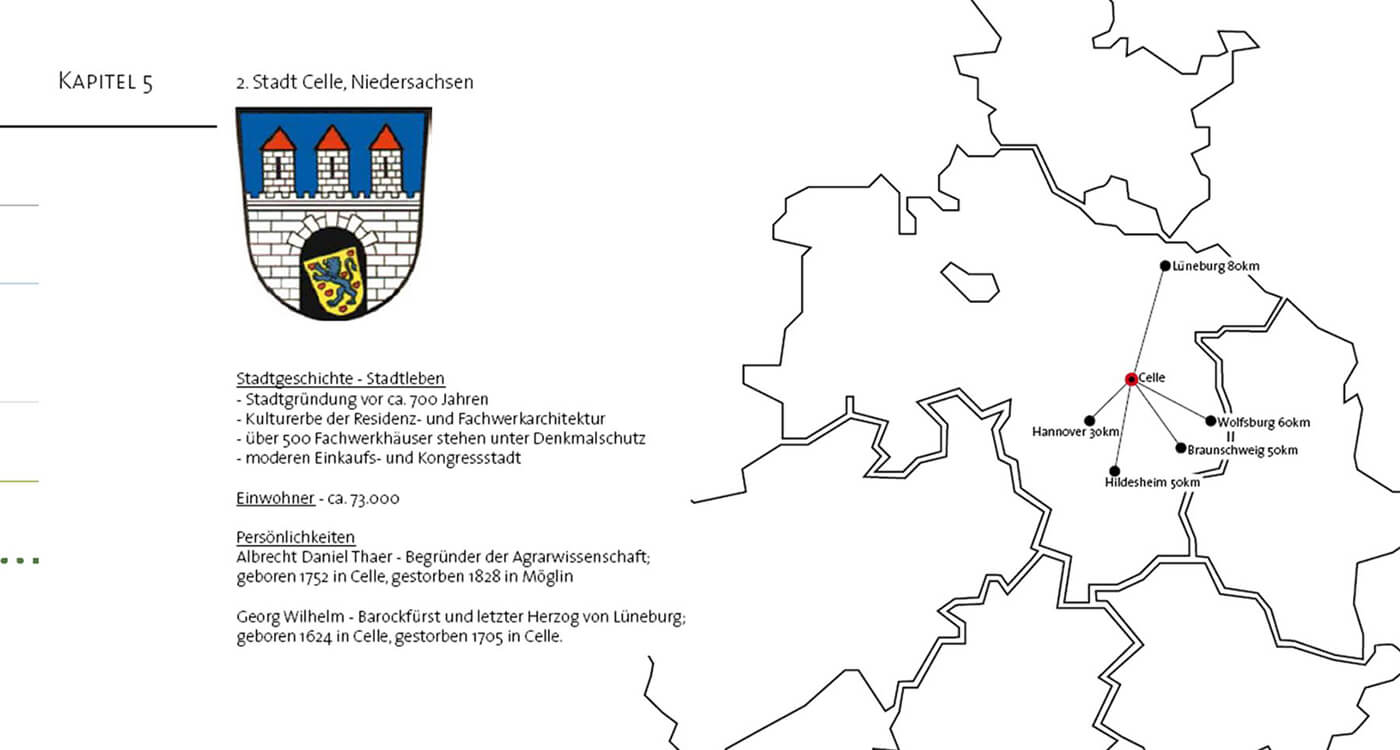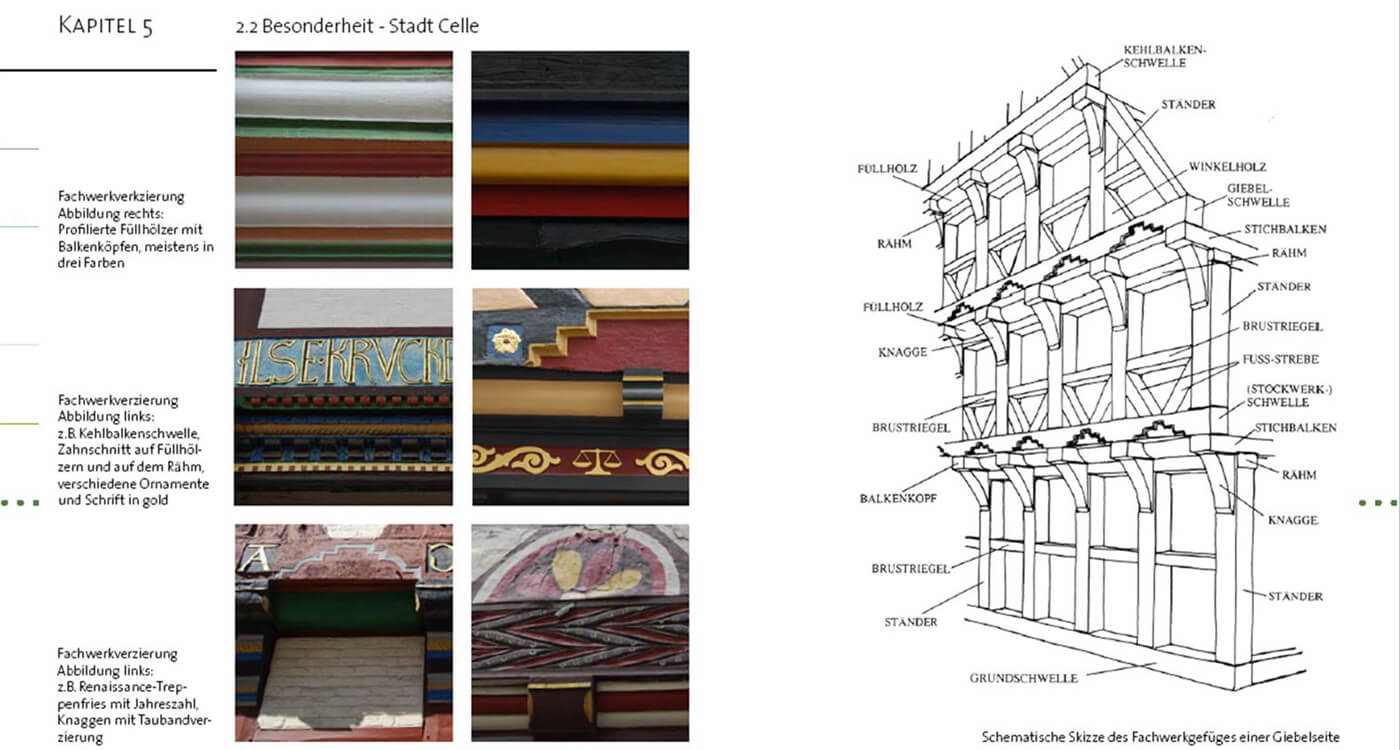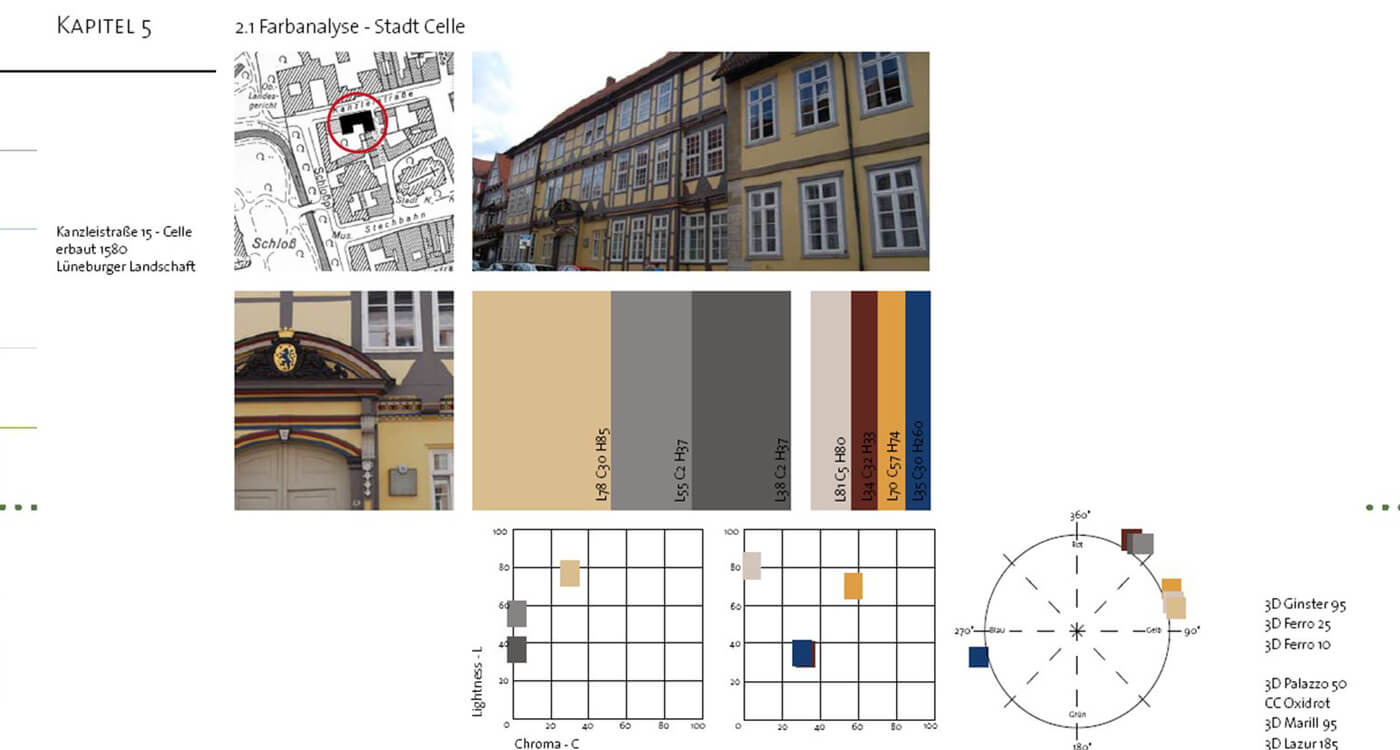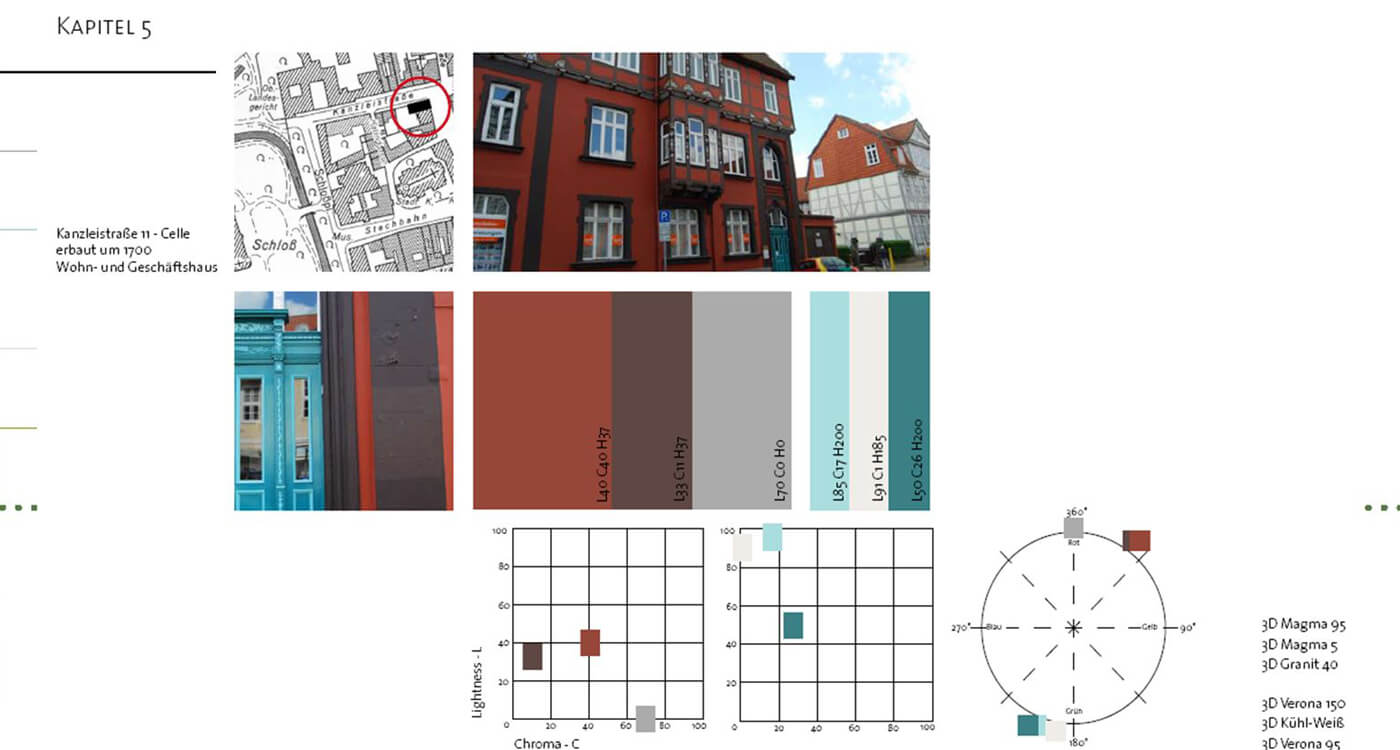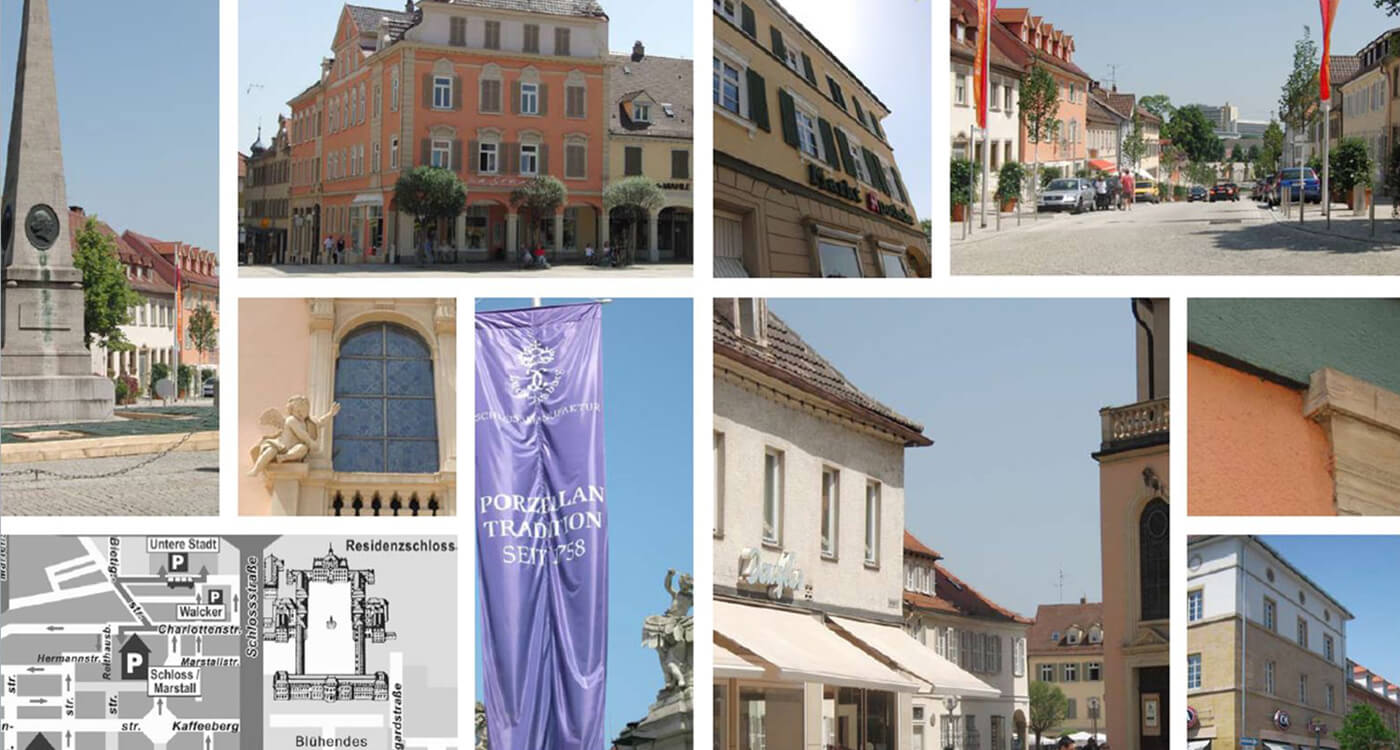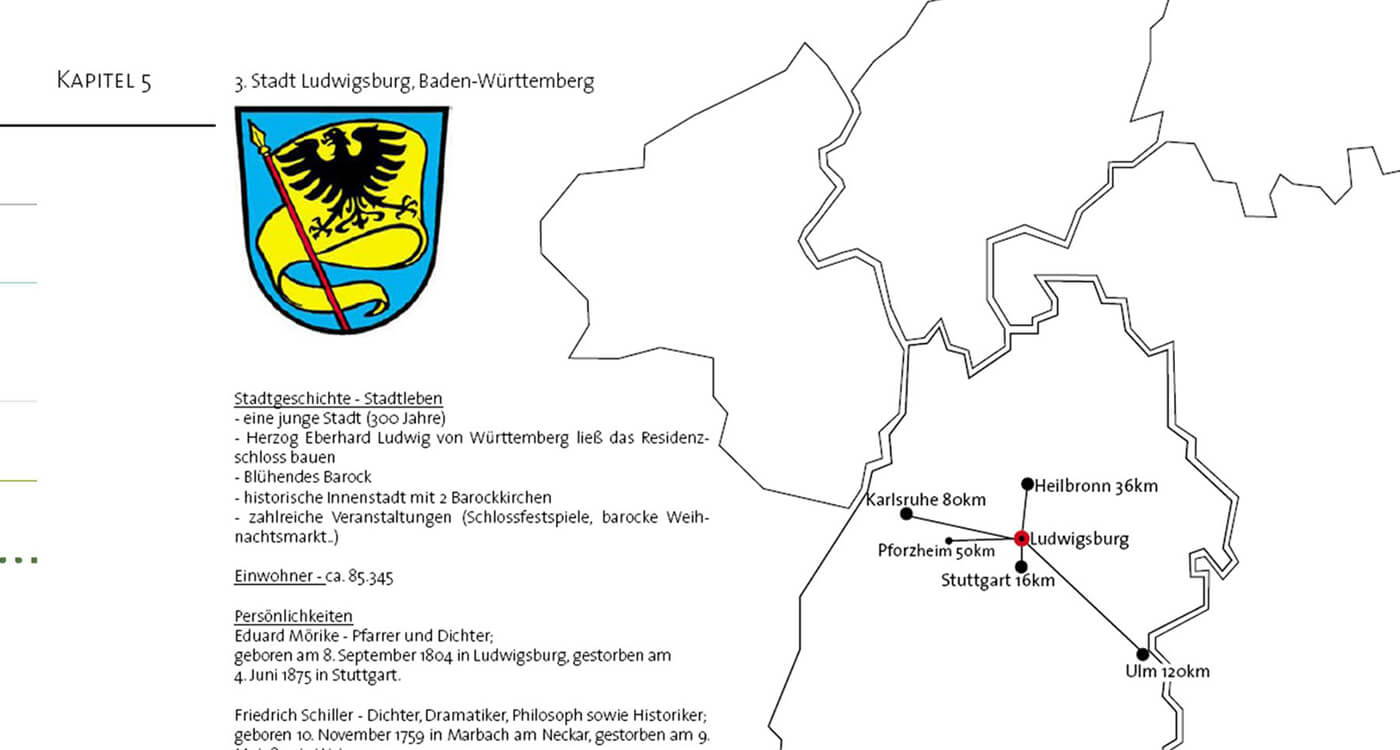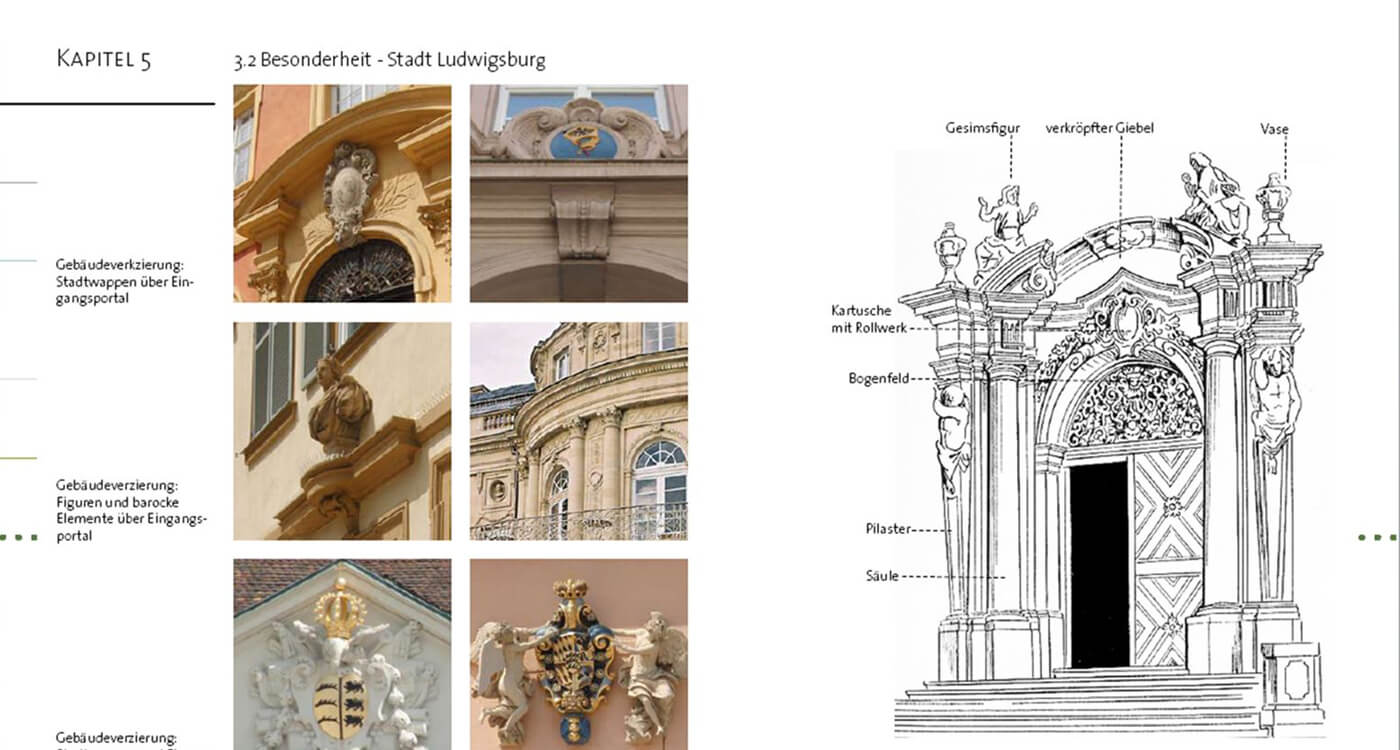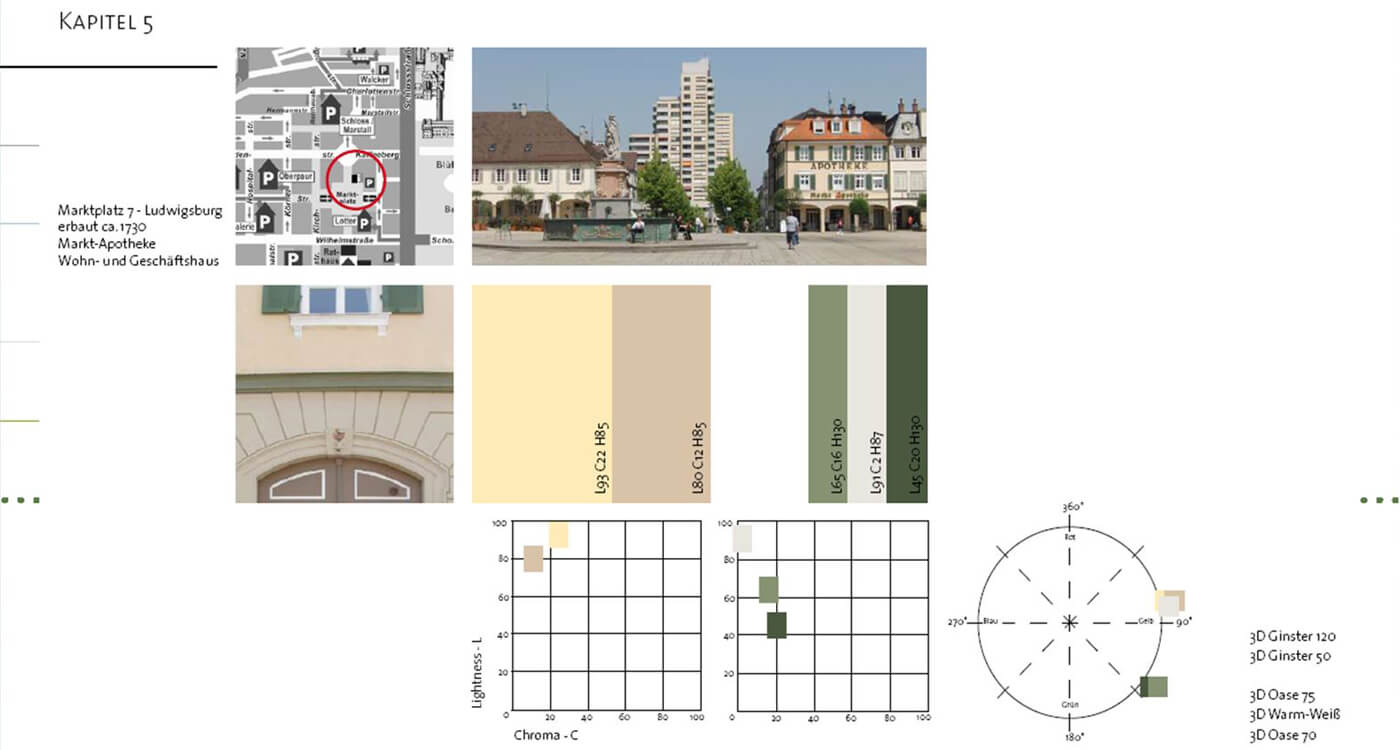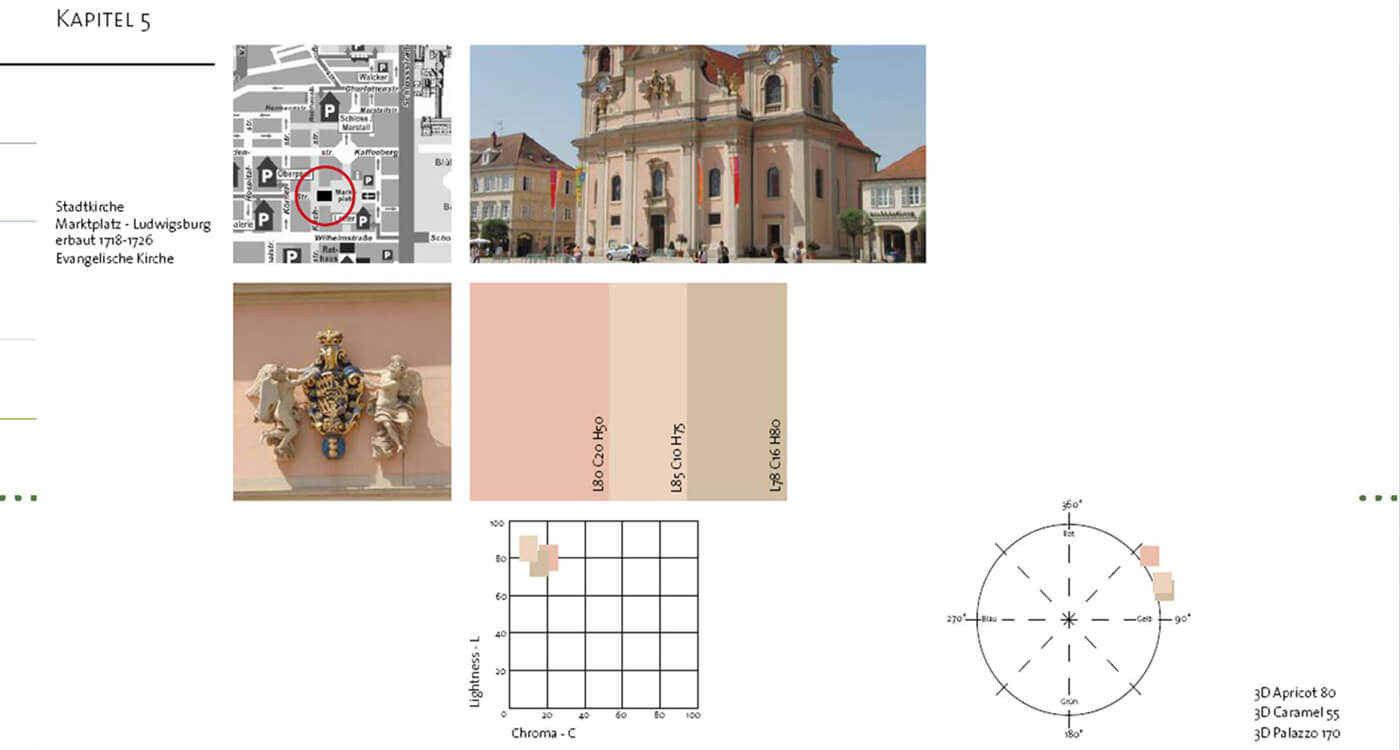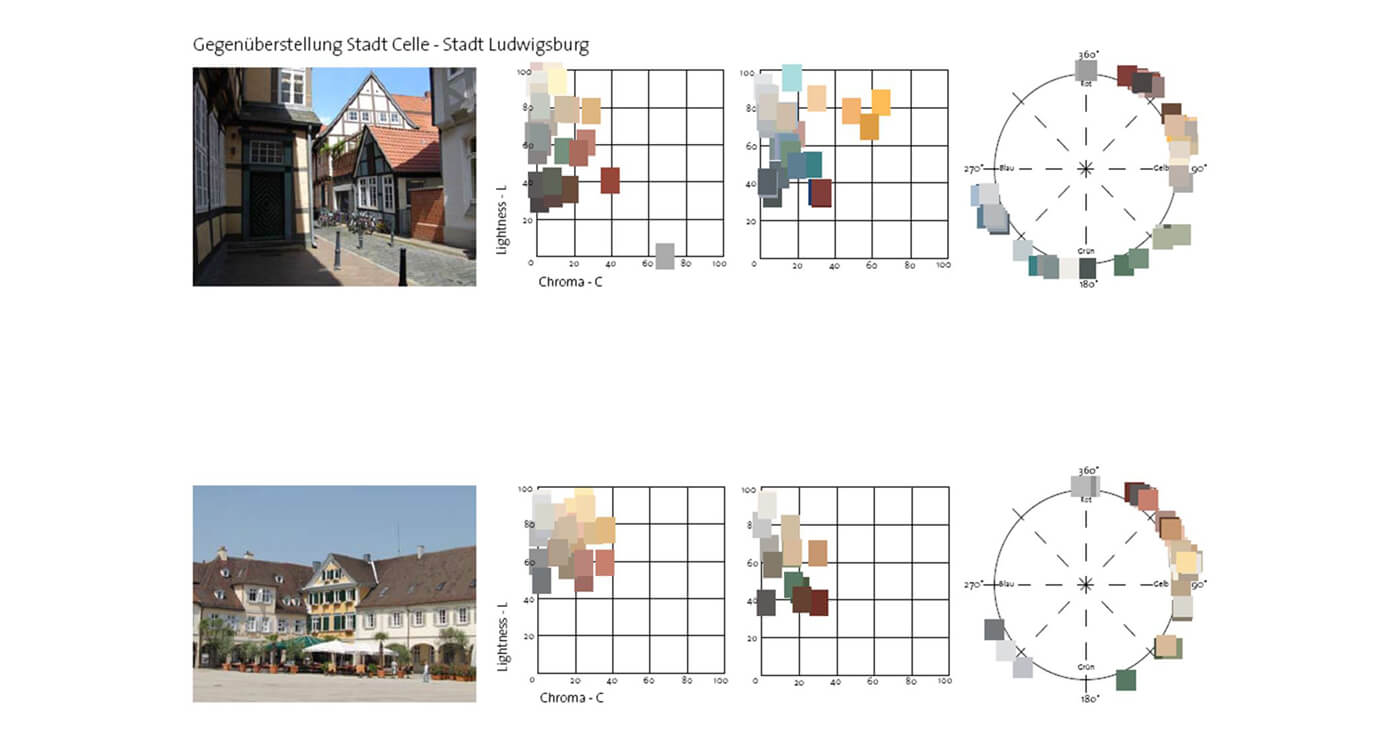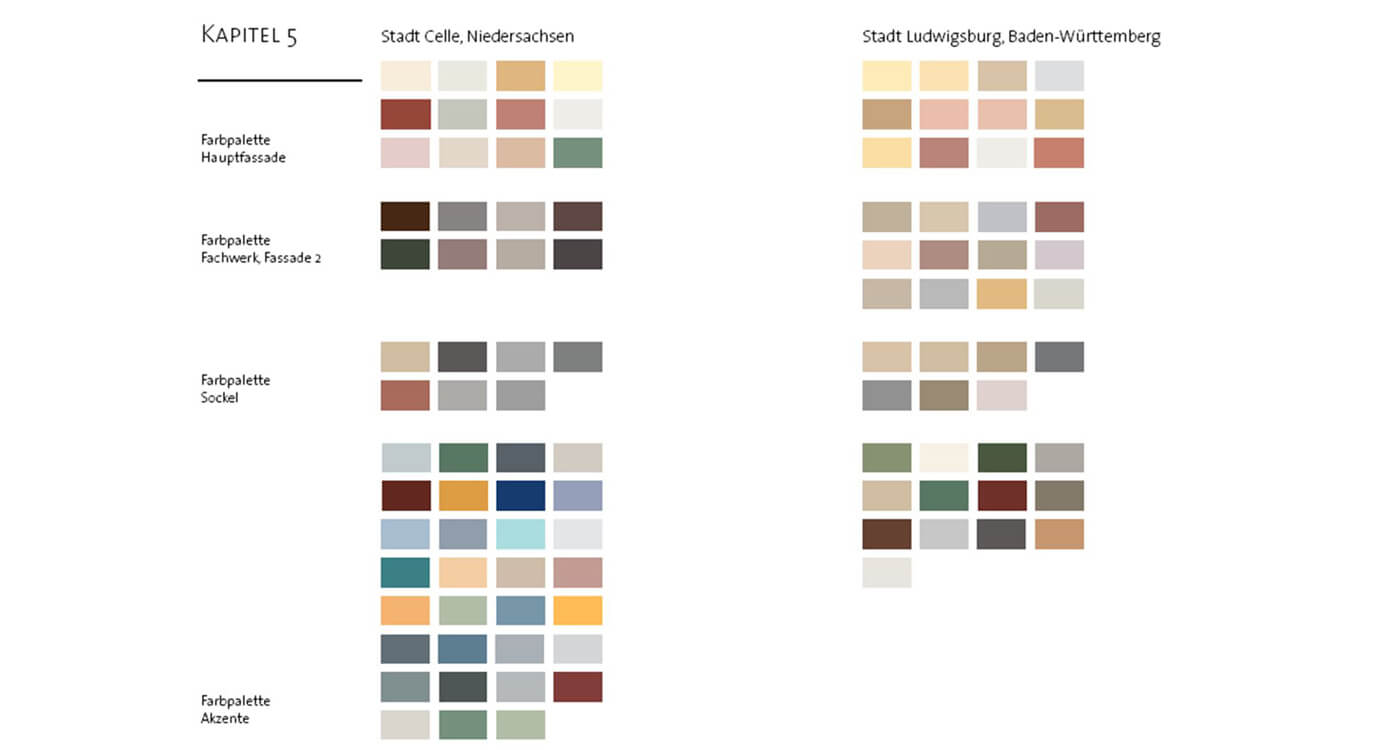Colour Research Vol.2
Regional Colour in an Interview
Bachelors give answers to the colour schemes in Germany
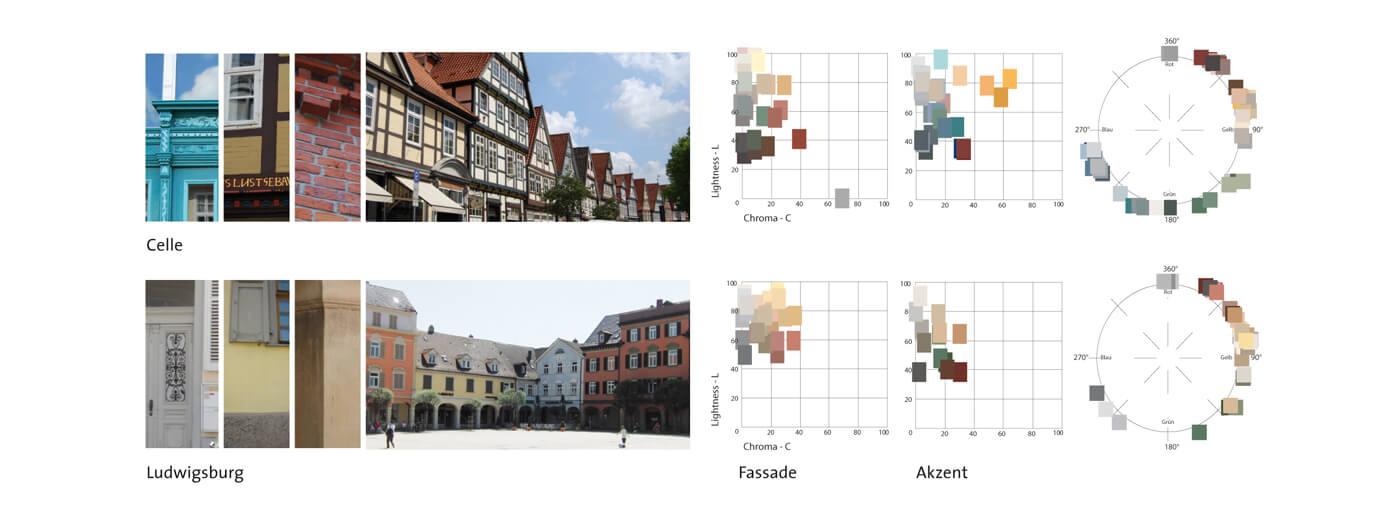
Cityscapes are different, have developed historically and are in a constant process of change. Architecture, facade colouring, environment, and location give each city its individual appearance and contribute significantly to the identification of a place for both citizens and visitors.
When looking closely at different city facades, typical local colour characters are always strongly influenced by the materials used and their inherent colour. This is originally due to existing resources that have always served as a source of building materials. Typical local resources of wood, sand and stone therefore shape regional differences.
If a village or town decides to preserve or restore its authentic appearance, this is a courageous and long-term undertaking that requires a comprehensive and detailed inventory. Such an analysis serves to prepare further planning and provides a complex overview of the material and colour language. Location and inventory analyses can refer to an entire city, city areas or streets. The result describes the basic character of the area analysed.
Sabrina Federschmid's and Carla Volle's (HAWK Hildesheim Farbdesign) bachelor theses dealt with the topic of this restoration of an architectural environment worth living in. The papers were created in cooperation with Dipl.-Des. Margit Vollmert and Dipl.-Ing. Kirstin Bachmann from Caparol ColorDesignStudio.
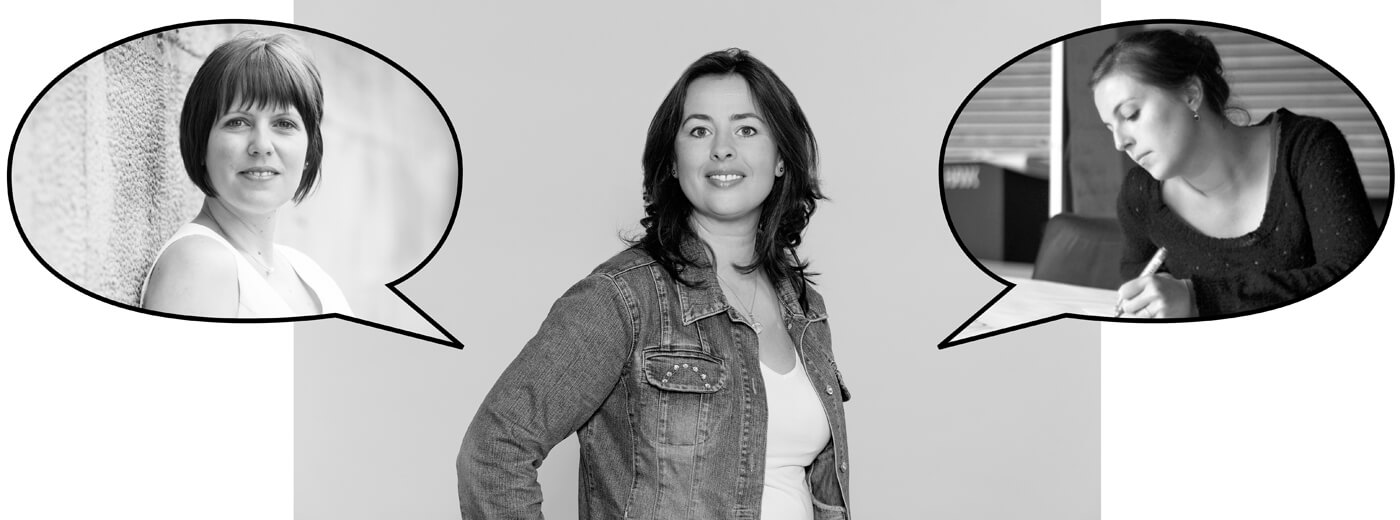
New Colours for Meßkirch
Carla Volle created a colour concept for the town of Meßkirch (Baden-Württemberg), with a focus on the historic town centre. As a basis for her colour planning both the existing colours and the urban structure and streetscape were considered in a site and condition analysis. When analysing the material and facade colours, Volle filtered out the typical local and regional colours and incorporated them into the new colour range. The city's own colour character was preserved and supplemented by new unifying shades.
The colour concept for the historic centre was developed in consultation with the Town of Meßkirch, the town planning office and the mayor. Meßkirch now has an individual colour selection available, which is documented in the site plan with all buildings in the town centre and serves as orientation for the design of the existing buildings. Approximately 120 colour shades are compiled for the town in its own colour fan and divided into the areas of façade, accent and base.
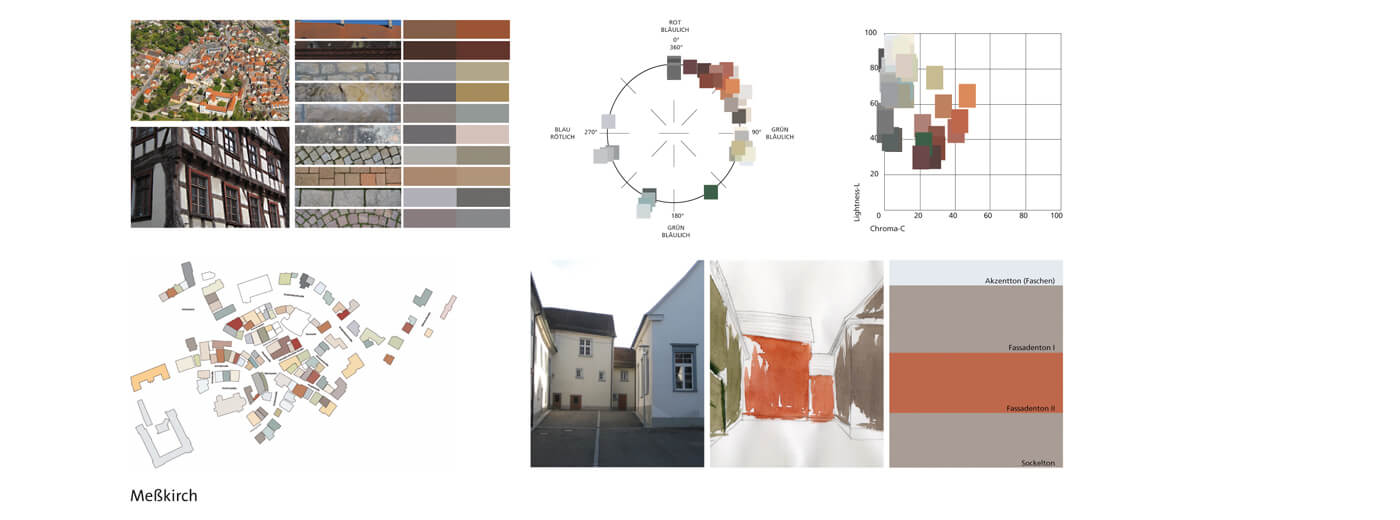
North and South in Comparison
Sabrina Federschmid wrote an analytical paper and documentation on the topic of " Regional Colourfulness".
First, she chose two exemplary locations and created the basis for future colour planning by taking a detailed stock. Using the two historic city centres of Celle (Lower Saxony) and Ludwigsburg (Baden-Württemberg) as examples, Federschmid showed how different the characters of cities and regions can be. She defined cityscape-shaping objects and documented their materials and colours: The result of the comparison clearly shows typical local characteristics.
It is interesting that both cities have a Baroque origin, but regional influences had a strong impact on the distinctive cityscapes. In Celle, dark half-timbered houses dominate with their strong accent colours in combination with the red bricks typical of northern Germany. In Ludwigsburg, on the other hand, sandstone has had a significant influence on architecture. The colourfulness in the pastel range is regionally anchored by the mottled sandstones and their pigments.
City centre of Celle, Lower Saxony
City centre of Ludwigsburg, Baden-Württemberg
Colour profiles of the Cities of Celle and Ludwigsburg in direct comparison
Interview
Bachmann, Caparol ColorDesignStudio:
How do you see the development of colour and facade design in urban planning?
Federschmidt/ Volle, Farbansichten:
Terms like identity, image and brand are no longer only discussed in the context of marketing strategies but are also playing an important role in urban and district development processes. Facade design is an integral part of this. Colour on the building can create unique and unmistakable urban ensembles that characterise a cityscape.
Bachmann, Caparol ColorDesignStudio:
How can this information be transferred to a colour or character profile for a city?
Federschmidt/ Volle, Farbansichten:
Based on an urabn space analysis, the basic idea of creating a colour profile is pursued and an analysis and evaluation method is developed. This method serves as a foundation for the creation of new colour concepts or colour framework planning for urban areas.
Bachmann, Caparol ColorDesignStudio:
How do you choose colours for an architectural concept?
Federschmidt/ Volle, Farbansichten:
Colours are definitely not chosen according to one's own taste; instead, the analytical approach creates principles for the design, which we can explain.





